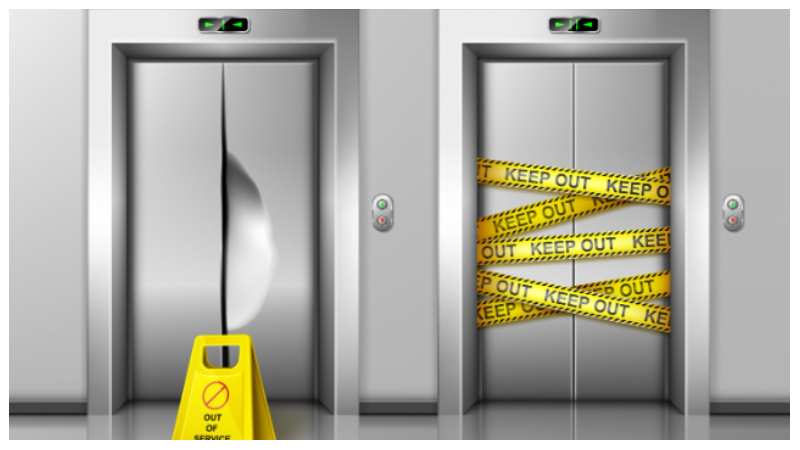Elevators are essential in all types of buildings these days, as they facilitate the easy movement of people and goods. However, with constant use, elevators undergo wear and tear and so need to be maintained, upgraded, or replaced when required. However, elevator replacement is not an easy task.
Most building owners leave the task to service providers without considering several important factors. As a consequence, the elevator replacement may not go as planned, or the costs incurred may exceed the costs estimated.
So, building owners must ensure that elevator replacement is conducted only after thorough planning. Replacement is required when the old elevator is outdated to the extent that it compromises safety. Many building owners often do elevator repairs, which may not serve the purpose if the elevator is old.
Factors to Consider for Elevator Replacement
Building owners can base their decision to replace the building elevator on:
- Elevator’s age
In most cases, elevators can last up to 30 years. If a building has an elevator that is older than 30 years, it should be replaced.
- Cost of replacement
This cost is usually high, which is why building owners often prefer elevator repair. However, what they fail to understand is that an old and repaired elevator would need more maintenance and repairs in the long run, which would only raise costs. So, replacing an elevator upfront may be a better option.
- Time required for replacement
Replacing an elevator may often take a long time, which may not benefit people using the elevators.
- Comparison of the current elevator system with modern design and technology
Building owners need to hire a professional consultant or elevator contractor to help assess their existing elevator system and identify what is lacking in these systems. This would help them find elevators with the latest design and technology to replace the old ones.
Benefits of Elevator Replacement
Replacing old elevators with new ones offering the latest technology, accessibility, and safety rules has many plus points, like: There are several benefits when elevators are completely replaced, including:
- Adherence to the latest standards and compliance guidelines
- Improved and reliable performance
- Better aesthetics and design of the elevators
- Less maintenance
- Efficient energy use
- Improved property value
Challenges of Elevator Replacement That Building Owners Should Know
Elevator replacement is not easy. Building owners, when opting for elevator replacement, should also know that several challenges may delay the process of replacement or cause disruptions. These challenges need to be addressed in time so that they do not adversely affect the process of replacing an elevator. Some of these challenges are:
- When an elevator has to be replaced, structural modification in the building may be required to accommodate the new elevator and its components. This may take time and may be objected to.
- Elevator replacement requires building owners to ensure coordination with other service providers, especially those providing plumbing and electric services, so that the replacement is successful. However, this may not always be a timely affair, as other service providers may not be available.
- Unexpected issues may arise during elevator replacement. For example, a fault in the wiring system may delay the replacement process. Building owners should be prepared to deal with all such problems.
- It is important for building owners to ensure that when the task of elevator replacement is done, all legal and safety standards are adhered to.
To Sum It Up
Elevator replacement is a multifaceted activity that involves proper planning, coordination, and execution, especially on the part of building owners.

